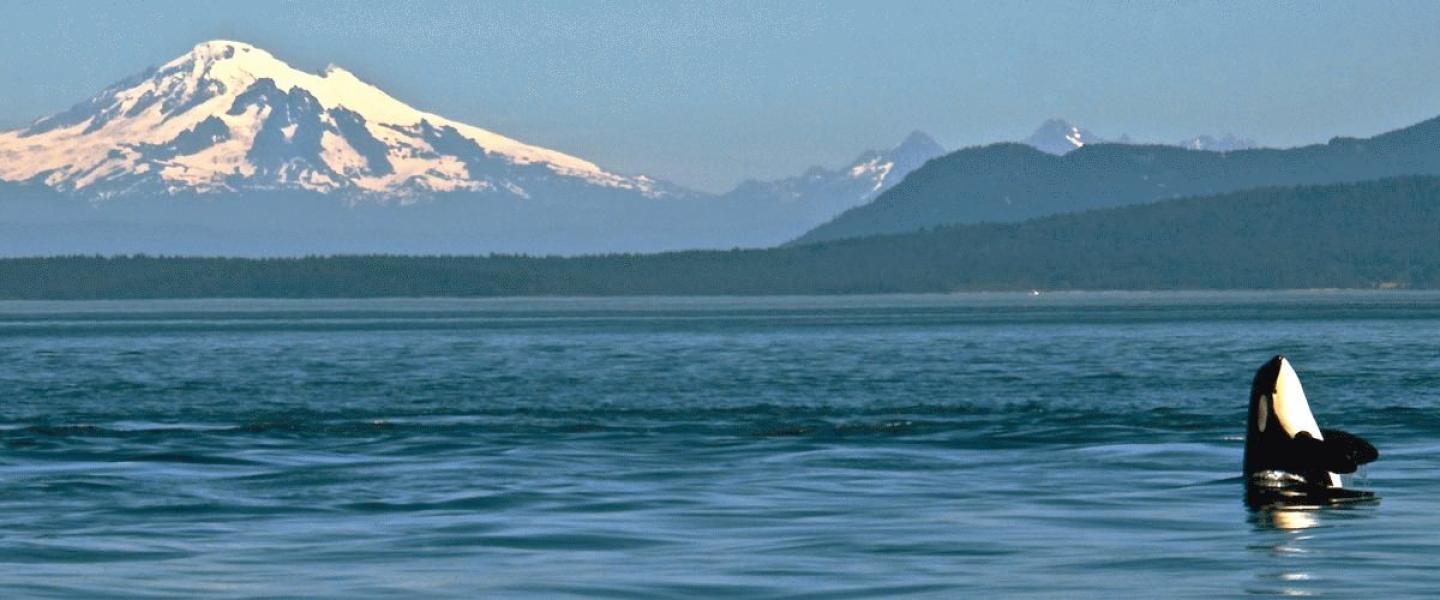
There is a lot of mystery surrounding new baby orca J50, but one thing is now clear. It's a girl! The telling photograph was snapped and everyone could not be happier with the results. A healthy population needs females in order to continue matrilines and produce more offspring. Currently the Southern Resident Killer Whale population has more breeding age males than females, which does not bode well for future offspring. We can only hope that little J50 survives this first crucial year and then continues to grow and thrive into adulthood. Females typically become sexually mature around 13 years of age and will typically have 4 calves in a lifetime. Orcas travel in matrilines, which means that the group is defined by the mothers, so it is very exciting that the J16 matriline continues to grow.
Speaking of J16, researchers are now unclear if she is indeed the mother or grandmother. J50 has rake marks on her dorsal fin, and researches think that another orca helped with the birth of the new orca calf. Orcas are very social and intelligent creatures, making an orca midwife not too far fetched. J36, J16's daughter, is another possible candidate for being J50's mother. J16, at 43 years of age, would be the oldest known orca to give birth to a healthy calf. At 16 years of age, J36, has yet to have a calf and everyone has been eagerly awaiting the day. J16 was not on scene with the rest of her family when J50 was first observed and it is possible she was recovering from a tough delivery and letting grandma do a little baby sitting. J50 has been observed leaving J16's side, which leads some to believe that she is not the mother, as typically calves never leave mom's side. Through further encounters and observation, we hope to figure out the mystery surrounding J50's birth. For now, we are just happy that the little orca seems happy, healthy, and playful!
Naturalist Emily